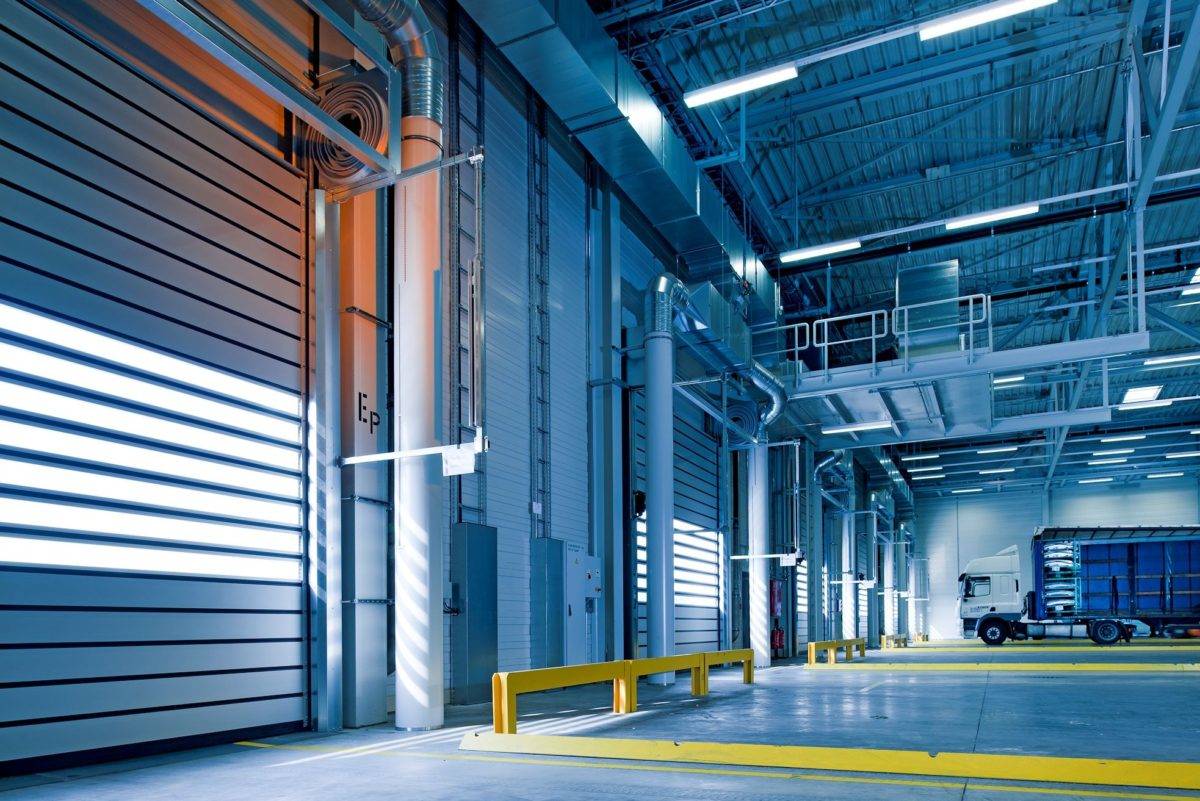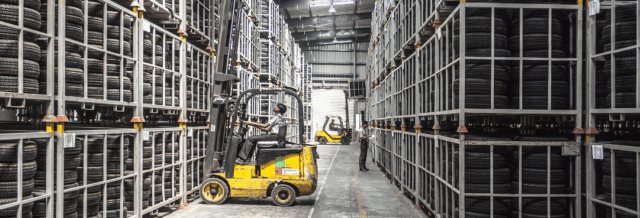Warehouse WiFi Solutions Provider
Your UK #1 WiFi solutions provider for warehouses and logistics
Wifi for warehousing and logistics which is guaranteed to perform in the most challenging environments.

Reliable connectivity guaranteed
Warehousing and logistics are busy, complex environments that bring a range of technical challenges to providing high-performing wireless coverage.
What’s more, modern warehouses and transportation operations need reliable connectivity across the entire facility in order to provide reliable employee communication and inventory logistics.
With over 25 years’ industry experience, we’re well placed to provide tailored logistics and warehouse wifi solutions to improve your supply chain and meet your business goals.
Warehouse WiFi Solutions Case Studies
WIFI FAULT FINDING & CONSULTANCY
DHL
DHL is the world’s leading logistics company. Employing over 350,000 people in over 220 countries, the East midlands Cargo hub…
WIFI INSTALLATION
John Smedley
John Smedley is a knitwear manufacturer and one of the oldest manufacturing companies in the world.
WIFI INSTALLATION
The Hazchem Network
The Hazchem Network was established in 2004 and provides the transportation of hazardous goods across the UK through 50 of…
In need of advice?
Talk to an expert today for help with your warehouse WiFi solutions.

Warehouse wifi design is key
Warehouse Access Point (AP) locations make a great deal of difference to your warehouse wireless signal propagation and coverage.
For example, if we placed a 2.2dBi omnidirectional antenna on a ceiling, with a height of 6 metres, it may give wireless coverage to the warehouse aisle floor – but a 12dBi omnidirectional antenna would not.
This all comes down to the design of the network in your warehouse and whether or not it is optimal for your warehouse.

The right Access Points
That means careful planning is required when choosing the correct Access Point and antenna combination.
Other considerations for your warehouse wifi include whether or not to use an integral or external antenna.
For example, is your Access Point required to work in extreme temperatures or in moisture-rich environments within the warehouse facility?
If so there are plenty of options available, such as hardened or sealed Access Points, and also the use of external antennas.
Warehouse wifi factors to consider
-
Warehouse AP power
If you find you have poor wifi coverage in your warehouse, then setting the power level or leaving it on the often-default setting of full power is rarely the best path to take.
Conversely, it usually adds to the issues. There are various reasons for this. A common one is that the client devices can see the AP signal, but the AP can’t see the clients’ return signal (as APs generally have a higher Transmit Power compared to 99% of clients).
A way to picture this is a conversation between two people on opposite ends of your warehouse – only one of them us issuing a megaphone, and the other does not. Also, higher power levels can increase interference, due to the increased coverage. Obviously, this depends on how many Access Points are in use, the antenna patterns, as well as building and racking attenuation factors.
-
Warehouse attenuation
Your warehouse or depot will rarely remain the same inside. You may have to increase the amount of racking depending on business growth, or there may be seasonal variations in the goods you store there. This amount of variation is often not taken into consideration when planning your warehouse wireless coverage, so it’s often best to plan for the racking to be full at the start of your warehouse project.
Be aware of the type of goods that are stored in your warehouse, as they will have differing attenuation figures. For example, a warehouse that stocks wooden furniture will affect the wireless signal differently to one that stocks metal car parts.
-
Incorrect channel usage and interference
The most common wireless bands used in the UK are the 2.4GHz band and the 5GHz band. The 2.4GHz band is much smaller, with only 3 non-overlapping channels (never use any overlapping channels if at all possible). So as soon as you install over three Access Points (APs) you have the possibility of starting to create your own interference.
Although there are many more complexities, in short the main thing you need to know is that the 5GHz band can take up to 19 indoor channels, somewhat more than the 2.4Ghz band. You might think it sounds easy, and that you should just use the 5Ghz band. Unfortunately, it’s not as simple as that. Other issues can adversely affect this band too, such as interference from neighbouring buildings, signal propagation or even weather radar using some of the channels. That said, it’s still the best band to base your design around.
-
Incorrect channels
Note: Only 3 2.4Ghz channels 1, 6 and 11 can be considered non-overlapping, whereas the 5GHz band can have up 19 non-overlapping channels.
-
Warehouse wireless network surveys
You can see there are many factors that can affect wifi performance in your warehouse facility. So, where do you start? A warehouse wifi site survey is essential, whether you need to pinpoint the flaws in your current setup, or design a brand new wifi network for your warehouse project.


